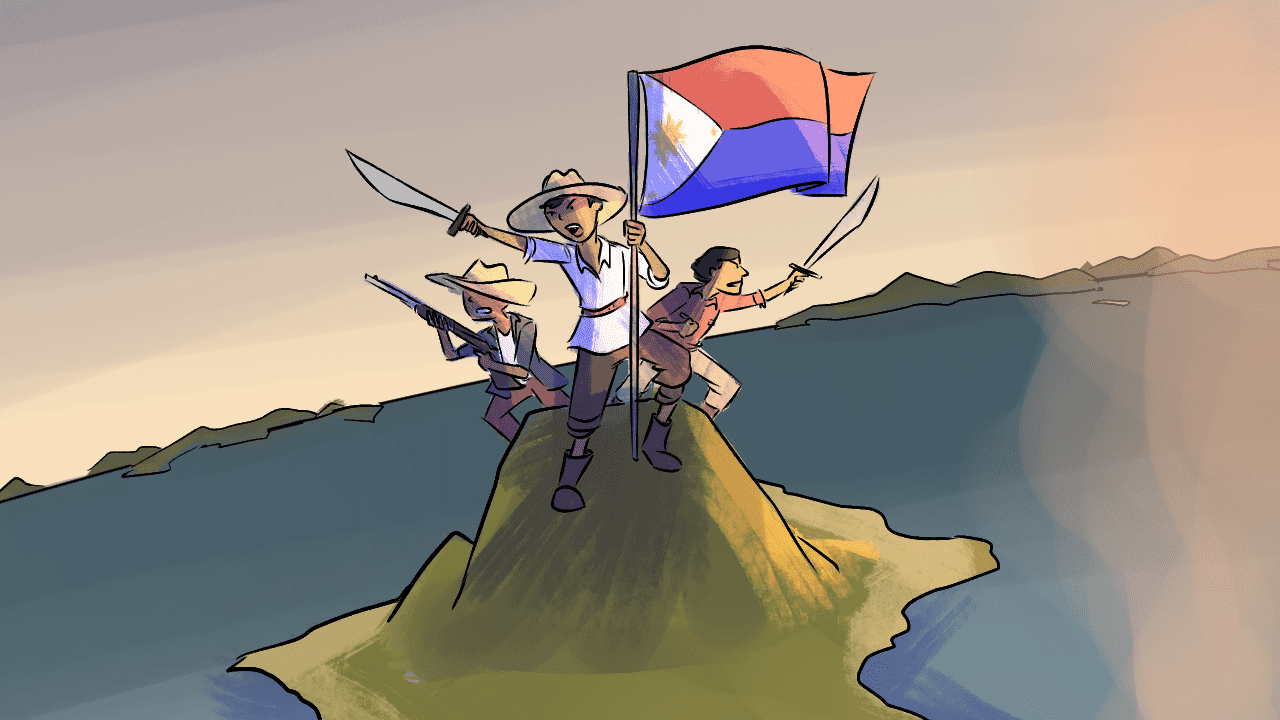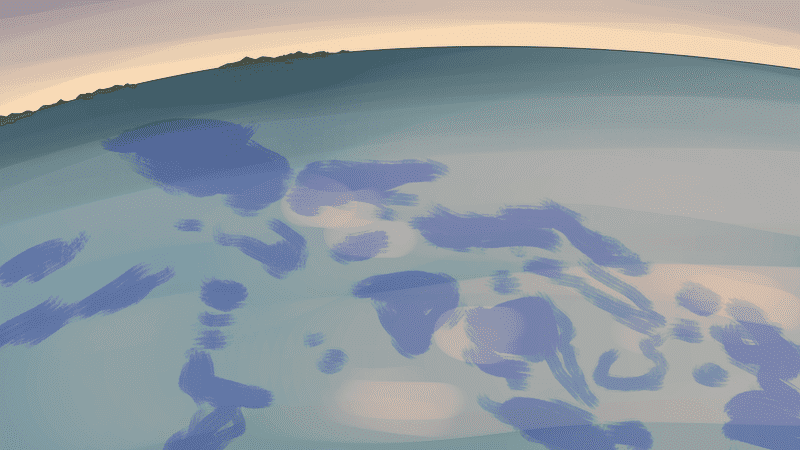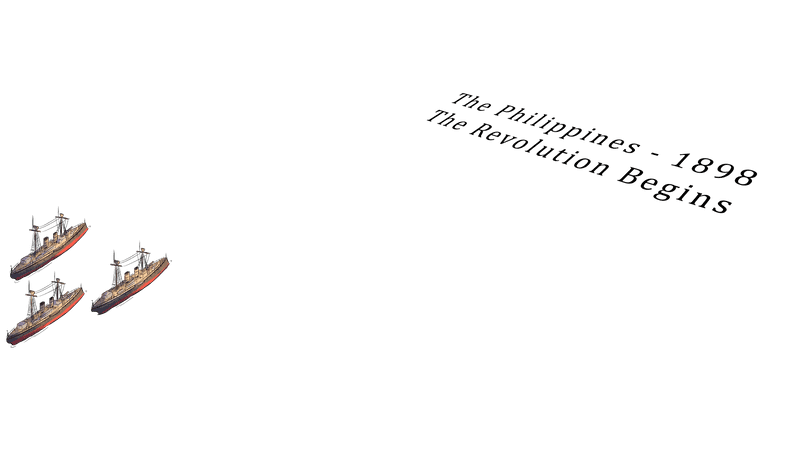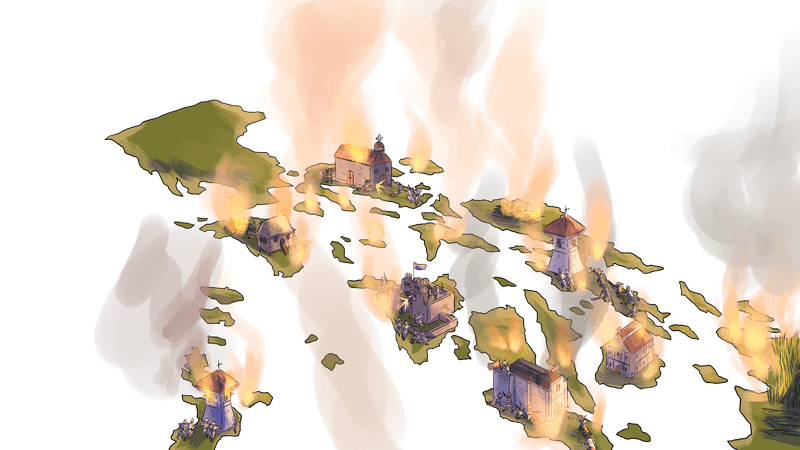Chapter One: Colonial Period
1892 – 1898
Building a Nation
Over the course of their history, Filipinos have defined themselves through ongoing struggles for independence.
After centuries as colonial subjects of the Spanish Empire, Filipinos began to challenge that authority during the nineteenth century. Their fight continued for decades, first against the Spanish, then the Americans, and then the Japanese.
By the 1890s, movements in the Philippines for greater political representation and calls for independence from Spain had transformed into a full-on revolution. After 1896, the revolution had a martyred hero: José Rizal, a gifted poet and orator. Initially a proponent of moderate reform, he became a passionate advocate of Philippine independence.
José Rizal
June 19, 1861 – December 30, 1896
Revolutionary leader, writer, and national martyr
Recognized as the national hero of the Philippines, Rizal’s movement to reform Spanish colonialism and subsequent execution sparked the revolution against Spain in 1896. From a young age Rizal excelled at school and in 1882 he traveled to Europe to study medicine. There he met other Filipino students and became committed to achieving greater rights for Filipinos. Though he did not advocate for independence, Rizal’s two novels, Noli me Tangere (1886) and El Filbusterismo (1891), are often considered inspirations for the revolution. Upon returning to the Philippines in 1892, Rizal came under the scrutiny of Spanish authorities when he formed the Filipino League (La Liga Filipina) to advocate for reform. Though Rizal did not support using violence as the revolution ramped up, he was nonetheless arrested while in exile in Mindanao, put on trial, and executed by Spanish colonial authorities in 1896.
The Spanish colonial government captured him in Barcelona in 1896, charged him with the crime of rebellion, and sentenced him to death. He was executed at the Luneta, the main park in the heart of Manila, the colony’s capital.
The Martyrdom of José Rizal. Manuel Arias Rodriguez
Charismatic figures such as Andrés Bonifacio and Emilio Aguinaldo took up the leadership of the revolution. Spain answered their petitions with silence, so revolutionaries called for full independence and advocated rebellion. They met and corresponded with anticolonial leaders from Spain’s other colonies in Cuba and Puerto Rico.
Andres Bonifacio
November 30, 1863 – May 10, 1897
Philippine nationalist and a leader of the revolution against Spain
Regarded as one of the Philippines’ national heroes, Andres Bonifacio was born in Manila in 1863 and joined Jose Rizal’s La Liga Filipinas in 1892. That same year, Bonifacio helped establish the Katipunan, a secret society that sought to overthrow Spanish colonial rule and establish an independent Philippine Republic.
The revolution began in earnest in August 1896 when Bonifacio and the Katipunan called for an armed revolt against Spanish forces. A schism in the revolutionary movement led to Bonifacio’s early demise; he was put on trial and eventually executed by fellow revolutionaries in 1897. Though he did not survive the war, Bonifacio Day, a national holiday in the Philippines, commemorates his contribution to the Philippine Revolution.
A newly designed national flag showing the secret symbol of the Katipunan movement began appearing on leaflets and billboards. Ordinary men and women challenged the authority of landowners and church leaders.
Not everyone supported the revolution: some Filipinos, especially elites, maintained close ties to Spain. A few thousand Filipinos served in Spain’s colonial army, the Guardia Civil.
Emilio Aguinaldo began assembling an army and sought political allies wherever he could find them. News broke in April 1898 that the United States had declared war on Spain. Aguinaldo was hopeful that America—a young nation that had won its independence from a European monarchy—might be a friend to the Philippine revolution.
“By 1898 revolutionaries had overcome most of the Spanish Rule in the Philippines.”
Duty to Country
News broke in April 1898 that the United States declared war on Spain.
Next Section
1898 – 1913
Philippine-American War
Fililpinos' hopes for independence were dashed when the United States claimed the Philippines as its own.
Explore



